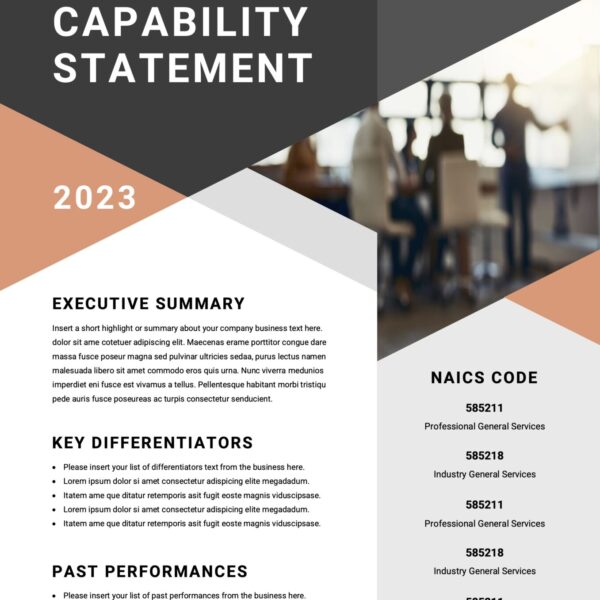 We’re all familiar with some industry blogs. There are blogs upon blogs for just about every topic you can think of. For us in particular, designers have many interesting blogs like:
We’re all familiar with some industry blogs. There are blogs upon blogs for just about every topic you can think of. For us in particular, designers have many interesting blogs like:
Everyday these blogs and more put out pretty good content on various topics that are relevant to us all. However, most of that content is from a true professional experience. Another words, the person writing the post usually has some level of authority on the subject and has been involved in the industry for many years. The key is to focus on the comments from real users like you.
The rich content I’m talking about, the real world advice is in the comments. I’m not negating the post itself, but you’ll hear some real honesty in the comments. Think of this; your favorite design blogger posts about some new piece of software from Adobe. They talk about their first experience using it, how much it costs them (probably nothing), and how they like or dislike using it. All of those opinions are based on their feelings for that software apart from the many other programs they have access to. The average designer, especially those just starting out, don’t have the money to just keep buying software until they find one they really gel will.
Now reading the responses in the comments area is where the real gems are. This is where you’ll hear arguments from many people on their “real world” experiences. From the amateurs talking about the learning curve on using an application, to seasoned users explaining why an open sourced program has better features and costs nothing to own. You’ll also have the opportunity to find and communicate with other people who seem to be in the same level as you are in your career, or connect with experts that may be more than willing to be a mentor you.
Point is, next time you really need advice on a topic, program, or tactic, read a few blogs that have the topic you’re looking for and read through the comments. Don’t be afraid to engage by replying to comments. Sign up to get emails whenever new comments are posted and save ones really informative so that you can use them at a later time for reference. If you’re looking to crowd source, this is also a great avenue for little effort and great returns.


